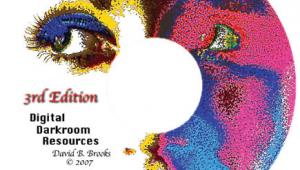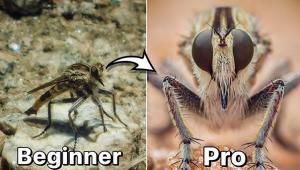Digital Opportunities
Scanners, Printers, And Software Change The Studio Business
I have to admit something to you. About five years ago, when it was becoming very evident that digital technology would become increasingly important for the imaging professional, I tried to look the other way. I figured it would be a niche market. If they wanted to use digital manipulation to make flying cows and people with skeleton heads, that would be fine by me. I'd just go on creating
nice portraiture the same way I always had, thank you very much. There
wasn't going to be anything freaky about my work so I didn't
need to know anything about digital imaging. |
|||
Publicity Photos.
I've never done many publicity or newspaper photos before. Why?
Because they usually need them in a hurry and I don't like to disrupt
my regular workflow. Plus, I don't know how to retouch negatives,
and I like all my work to be top caliber. So in the past, I'd refer
these inquiries elsewhere. Not anymore. |
|||
Specialty Cards.
I'm a big believer in Thank You cards. I know how few people take
the time to send them, and how nice it feels to receive them. Now, when
I get my portrait or wedding negatives, I can scan my favorite pose into
the card template I made in Microsoft Publisher and make a personalized
"Thank You" for my clients. They flip over them. For my best
clients, I may make a few with no writing on them so they can be used
as note cards. Wrapped up with ribbon, it's a wonderful gift they
won't forget. Don't forget to put "Photo and design
by..." on the back of the card. |




















































